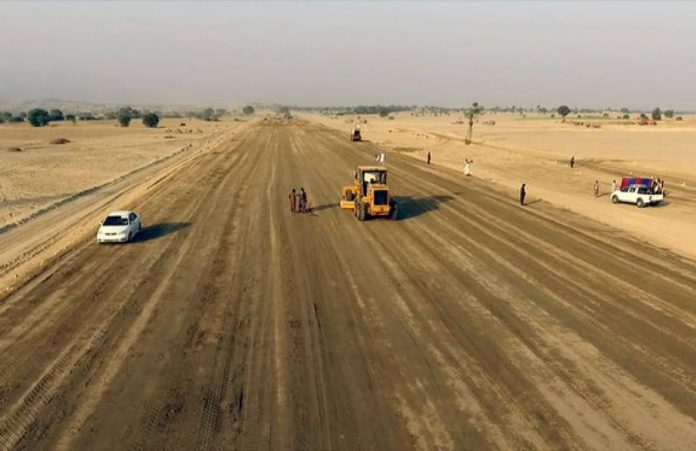Prime Minister Shehbaz Sharif is scheduled to inaugurate the groundbreaking of the Karachi-Quetta-Chaman expressway on August 14, with the project being financed through a special tax on petroleum products.
The government has imposed an Rs8 per litre petroleum levy, with the revenue earmarked for the construction and upgrade of the 815km road, formerly known as the RCD highway. A total of Rs100 billion has been allocated in the current fiscal year’s budget for the project.
On Tuesday, progress on the N-25 expressway was reviewed in a meeting chaired by Planning Minister Ahsan Iqbal. Representatives from the Ministry of Communications, National Highway Authority (NHA), and Frontier Works Organisation (FWO) attended. During the meeting, NHA officials shared updates on the project, noting that the dualisation of the Hub bypass had been added to the revised PC-1 project. The updated plan is expected to be submitted on July 2.
The NHA had invited bids from state-owned enterprises on June 17, with bid opening set for July 2. FWO reported that work is progressing in four sections, with 68% of the 51km stretch from Jiwa to Surab already completed.
The planning minister instructed the NHA to schedule the groundbreaking for August 14, 2025.
Additionally, plans for service areas along the expressway were discussed, emphasizing the need for well-equipped facilities for truckers, including rest areas, fuel pumps, restaurants, and vehicle workshops. Input will be gathered from truck companies to determine ideal locations for these service areas.
Minister Iqbal also expressed concerns about security, citing the loss of 42 FWO workers during the construction of N-85. He called for enhanced security measures, particularly along the Gwadar city and N-85 areas, which fall under the China-Pakistan Economic Corridor (CPEC).
A dedicated security force for N-25 will be established, with deployments coordinated according to the project’s timeline. Minister Iqbal also stressed the importance of future expansion, ensuring the expressway is built with the potential to add lanes as traffic volumes grow.




